Cisco wants to capitalize on the ‘DeepSeek effect’
DeepSeek has had a seismic impact, and Cisco thinks it has strengths to help businesses transition to AI-native infrastructure
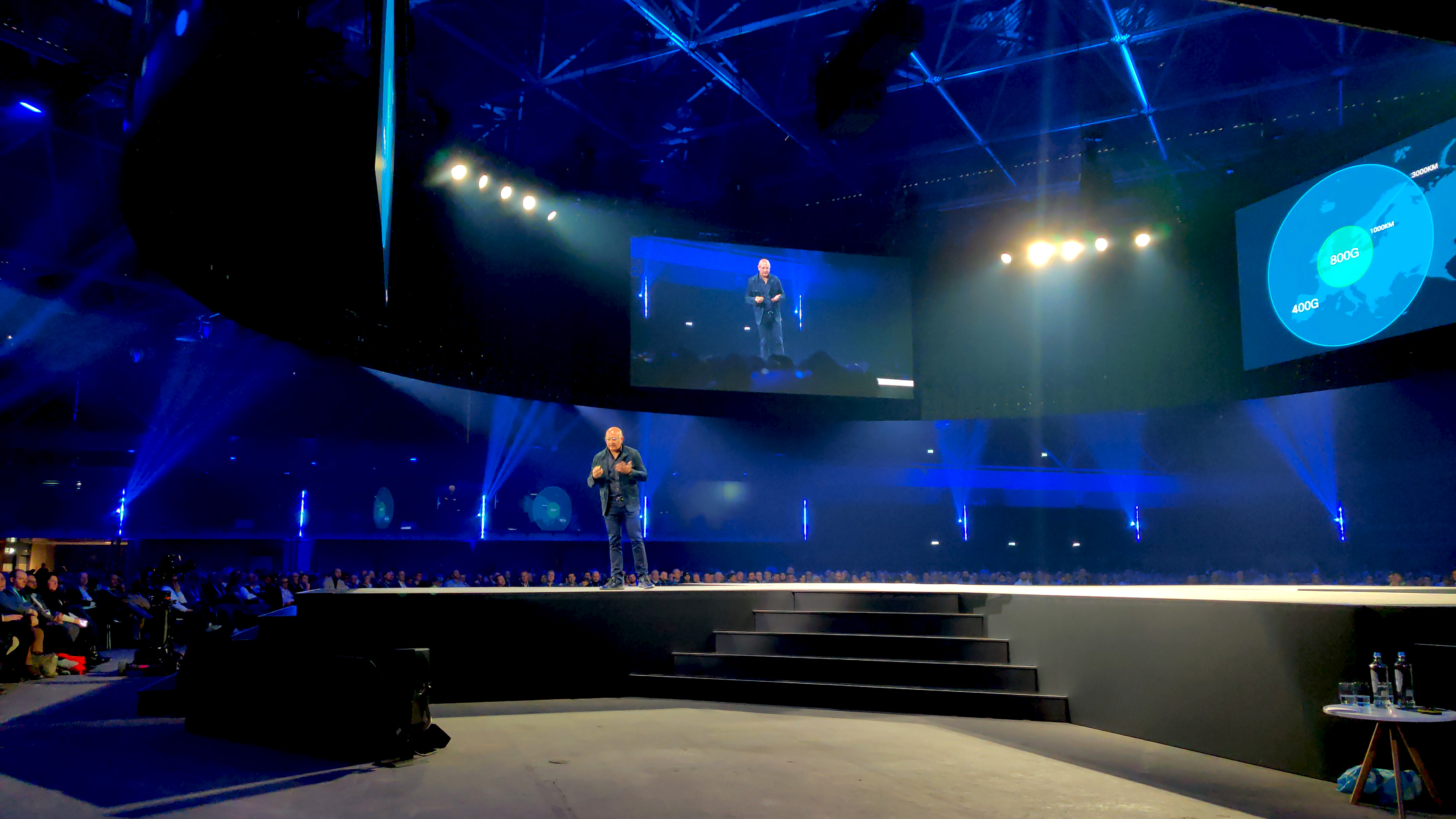

DeepSeek’s shock introduction has had a massive effect on the adoption and development of generative AI models in the business landscape, and Cisco feels it has a significant advantage in capitalizing on this.
Speaking at Cisco Live 2025, its annual EMEA conference in Amsterdam, Jeetu Patel, EVP and chief product officer at Cisco said this is a massive opportunity for the firm from both a network infrastructure and security perspective.
Patel said the arrival of DeepSeek was one of two “seismic developments” that have taken the industry by storm, the other being OpenAI’s foray into the world of agentic AI with its Operator solution.
The DeepSeek effect, according to Patel, is that the cost curve for AI deployments has plummeted in terms of the resources it takes to train a model, and as a result the number of models in use in business is about to skyrocket.
“You won’t just have tens of models, you might have thousands of models and this will actually have massive implications on security and safety,” he predicted.
This broad industry shift will expand every organization’s attack surface, according to Patel, introducing a host of new potential threats and piling added strain on businesses’ IT infrastructure.
Cisco aims to capture new industry demand in both of these areas, firstly in the infrastructure space with a new AI server, the UCS C854A M8.
Get the ITPro daily newsletter
Sign up today and you will receive a free copy of our Future Focus 2025 report - the leading guidance on AI, cybersecurity and other IT challenges as per 700+ senior executives
This is a modular system based on Nvidia’s MGX reference architecture that can accommodate anywhere from two to eight GPUs according to the user’s needs and budget constraints.
The UCS C854A M8 is available in a number of configurations, supporting a range of Nvidia GPus and CPUs from AMD, and will fill a gap in its AI infrastructure portfolio for model training.
With the new UCS Cisco looks to fill out its AI infrastructure, joining its recently launched AI PODs solution, aimed at providing flexible, cost efficient generative AI deployments.
Network and security expertise will be essential in managing safe AI deployments
In a panel session following the opening keynote, Patel said the implication of the joint DeepSeek and Operator effects is that business networks are going to have to deal with a whole different new volume of traffic.
He raised Cisco’s in-house network architecture, Silicon One, as a key area where Cisco is well-positioned to exploit new demand AI workloads will place on businesses.
Another aspect to the industry’s ongoing agentic shift is the fact that ensuring these systems are secure and managed effectively.
In addition to its existing network monitoring and access solutions, Cisco recently released its own generative security solution, Cisco AI Defense, that promises to safeguard both the development and use of generative AI applications in the enterprise.
The system can restrict access to external AI applications, helping reduce risks posed by shadow AI, or monitor and manage how users are engaging with these platforms.
On the other hand, Cisco AI Defense has a vulnerability testing function that can identify if your organization’s internal AI applications have any security weaknesses or privacy concerns.
Speaking to ITPro, DJ Sampath, VP of product for AI software and platform at Cisco, said customers are increasingly looking at using both external AI applications and deploying these systems internally. As such, an end-to-end system that covers both of these spheres is vital.
He argued that as firms look to take advantage of open source models available on platforms like Hugging Face, it’s integral that these organizations are able to put the right security, safety, and privacy guardrails in place before deploying them inside their environment.
RELATED WHITEPAPER

Sampath claimed it is Cisco’s network security expertise and its new strengths in securing AI systems that puts it at a significant advantage for the company in light of these recent transformative events.
“The biggest advantage that Cisco is going to have is, from an AI safety and security perspective, we’re able to position ourselves where we’re seeing everything on the network, we’re enforcing everything on the network. We have the fabric of the network to do that,” he explained.
“In addition to enforcing things at scale, we are validating these models at scale. So both of those [capabilities] provide us with a very unique way of being able to provide value to our enterprise customers.”
MORE FROM ITPRO
- Cisco Live EMEA 2025: All the news and updates as they happen
- Stargate project: OpenAI, Oracle pledge support for $500 billion AI infrastructure drive
- Huawei targets ‘intelligent industrial transformation’ with AI-ready infrastructure

Solomon Klappholz is a former staff writer for ITPro and ChannelPro. He has experience writing about the technologies that facilitate industrial manufacturing, which led to him developing a particular interest in cybersecurity, IT regulation, industrial infrastructure applications, and machine learning.
-
 Bigger salaries, more burnout: Is the CISO role in crisis?
Bigger salaries, more burnout: Is the CISO role in crisis?In-depth CISOs are more stressed than ever before – but why is this and what can be done?
By Kate O'Flaherty Published
-
 Cheap cyber crime kits can be bought on the dark web for less than $25
Cheap cyber crime kits can be bought on the dark web for less than $25News Research from NordVPN shows phishing kits are now widely available on the dark web and via messaging apps like Telegram, and are often selling for less than $25.
By Emma Woollacott Published
-
 Google shakes off tariff concerns to push on with $75 billion AI spending plans – but analysts warn rising infrastructure costs will send cloud prices sky high
Google shakes off tariff concerns to push on with $75 billion AI spending plans – but analysts warn rising infrastructure costs will send cloud prices sky highNews Google CEO Sundar Pichai has confirmed the company will still spend $75 billion on building out data centers despite economic concerns in the wake of US tariffs.
By Nicole Kobie Published
-
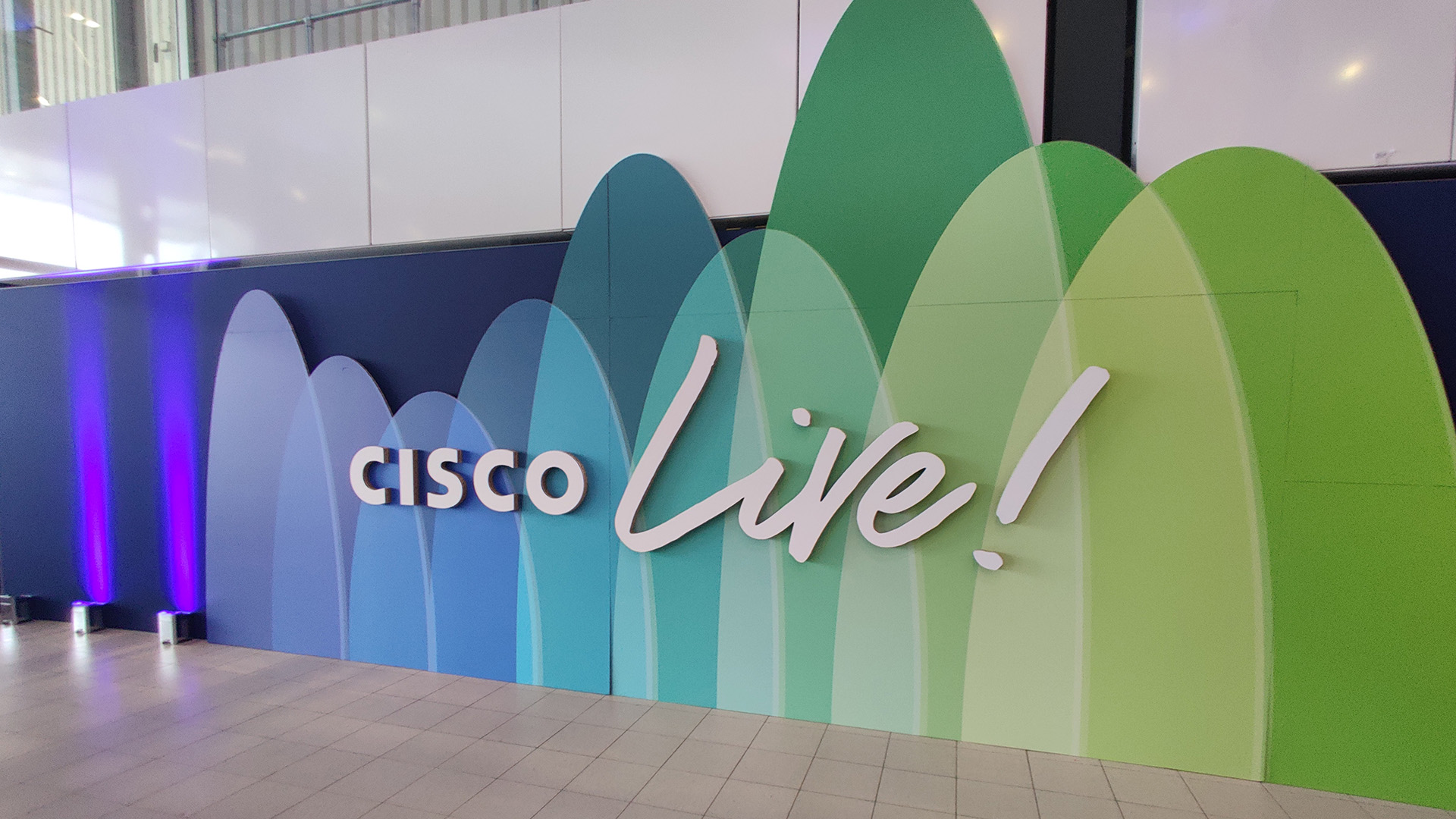 Cisco polishes its platform but the network is still king
Cisco polishes its platform but the network is still kingAnalysis Cisco still believes its integrated platform will drive new value for customers, but its historic strength in networking is where it will have the edge in the AI era
By Solomon Klappholz Published
-
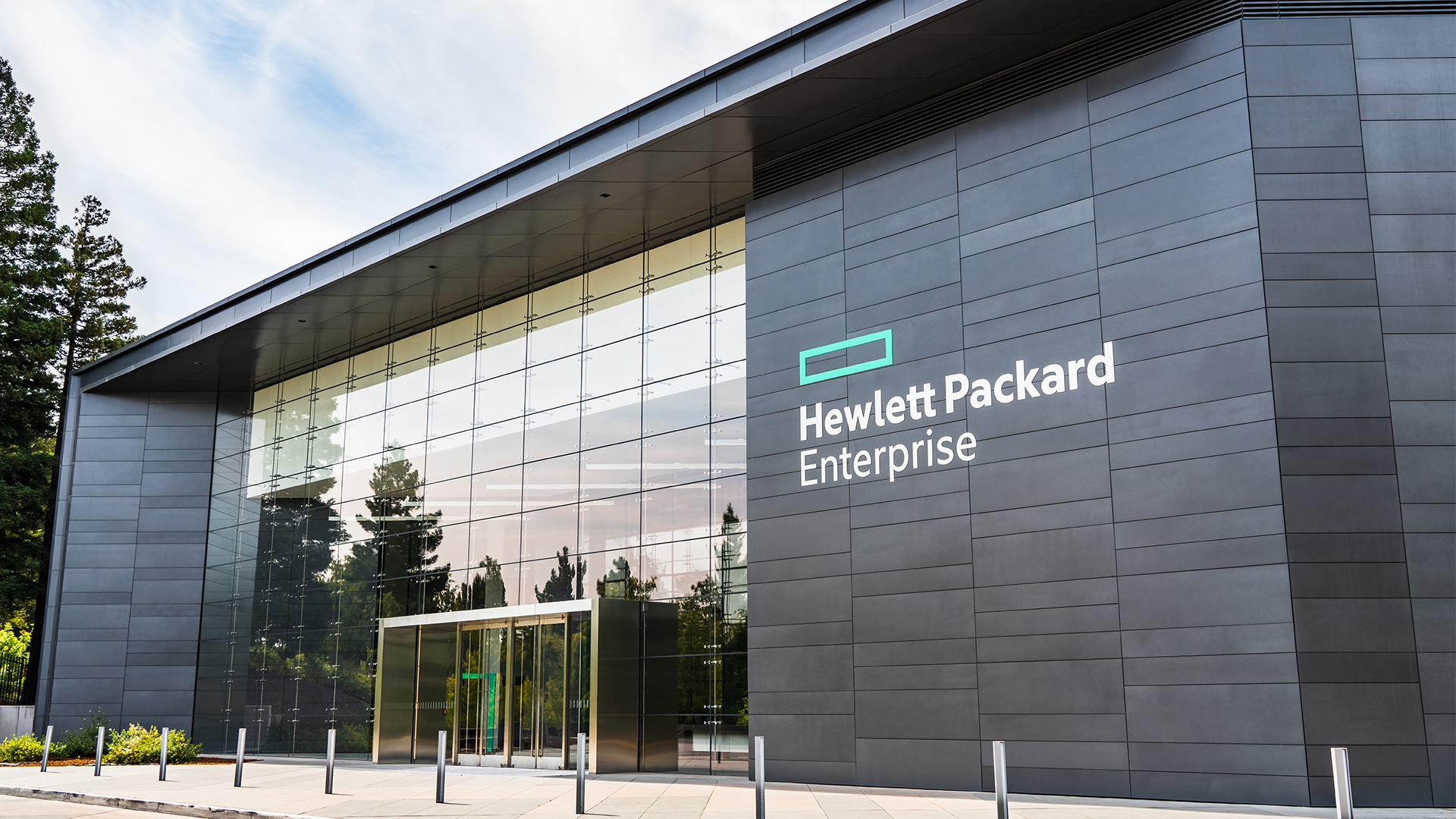 ‘Divorced from reality’: HPE slams DOJ over bid to block Juniper deal, claims move will benefit Cisco
‘Divorced from reality’: HPE slams DOJ over bid to block Juniper deal, claims move will benefit CiscoNews HPE has criticized the US Department of Justice's attempt to block its acquisition of Juniper Networks, claiming it will benefit competitors such as Cisco.
By Nicole Kobie Published
-
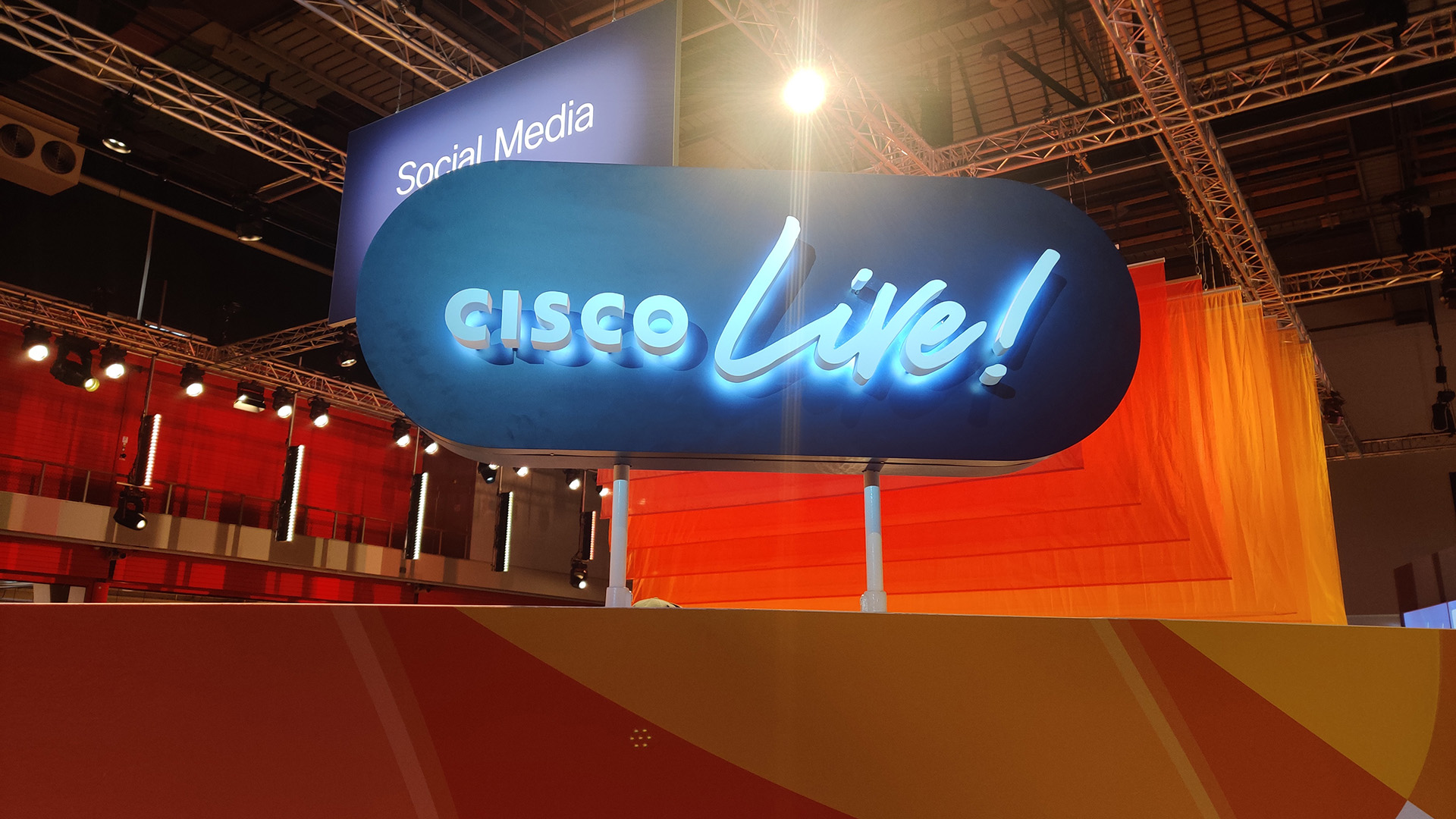 Cisco Live EMEA 2025: All the news and updates as they happen
Cisco Live EMEA 2025: All the news and updates as they happenLive Blog Stay up to date with the latest information live from Amsterdam at Cisco’s annual EMEA conference
By Solomon Klappholz Last updated
-
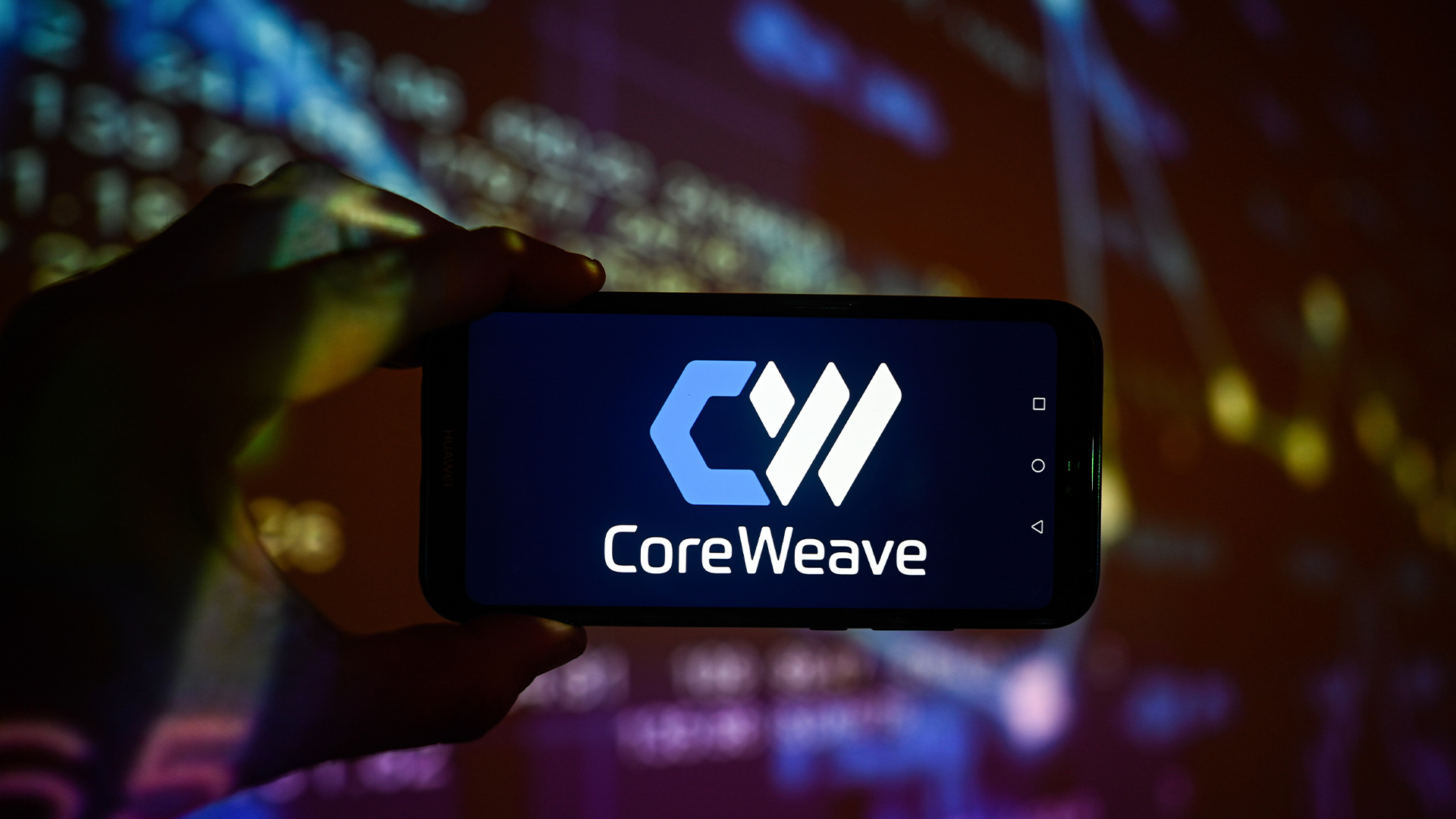 CoreWeave’s first two UK data centers are now operational
CoreWeave’s first two UK data centers are now operationalNews The company's European plans for this year also include new facilities in Norway, Sweden, and Spain
By Emma Woollacott Published
-
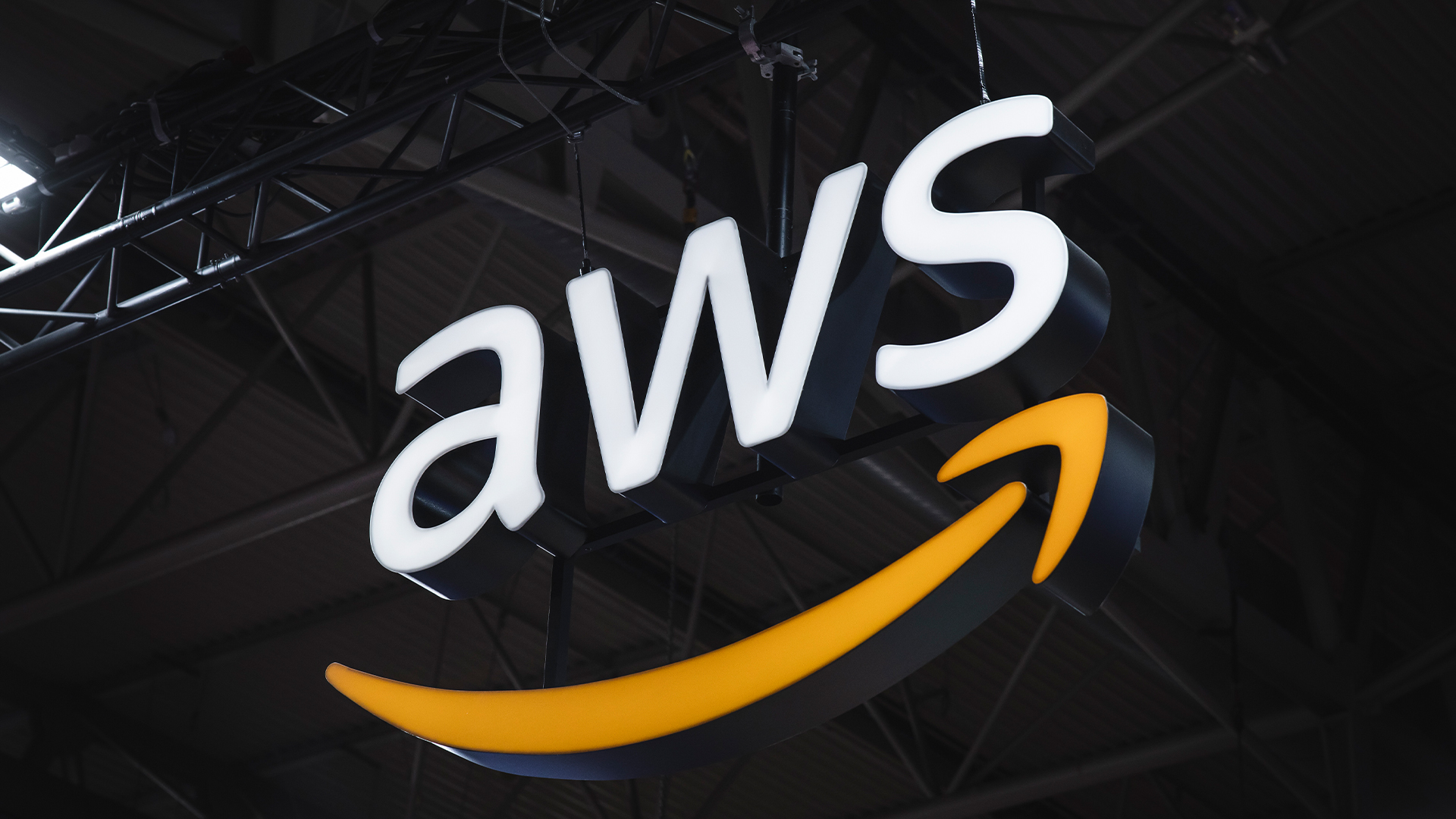 AWS eyes ‘flexible’ data center expansion with $11bn Georgia investment
AWS eyes ‘flexible’ data center expansion with $11bn Georgia investmentNews The hyperscaler says the infrastructure will power cloud computing and AI growth
By Nicole Kobie Published
-
 Future-proofing operations
Future-proofing operationsWhitepaper The Foundational Role of IT Infrastructure and Connectivity Solutions in Achieving Business KPIs
By ITPro Published
-
 Quantitative analysis of a prefabricated vs. traditional data center
Quantitative analysis of a prefabricated vs. traditional data centerWhitepaper Apples to apples cost analysis between data centre types
By ITPro Published